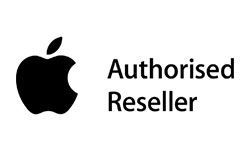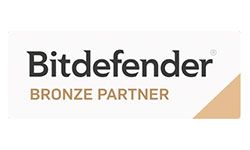How does Cyber Essentials work?
Most criminal hackers aren’t state-sponsored agencies or activists looking for high-profile targets, and they don’t spend countless hours staking out and researching their targets.
Instead, they tend to be opportunistic, looking for any available target. In that regard, you can think of them as a burglar; yes, they’re aware of high-value marks, but it’s more effective to go after easier targets.
What are the five controls?
1) Firewalls
These are designed to prevent unauthorised access to or from private networks, but a good setup of these devices either in hardware or software is essential to be fully effective.
2) Secure configuration
Web server and application server configurations play a crucial role in cyber security. Failure to manage the proper configuration of your servers can lead to a wide variety of security problems.
3) User access control
It is important to keep access to your data and services to a minimum. This should prevent a criminal hacker from being presented with open access to your information.
4) Malware protection
It is essential to protect your business from malicious software, which will seek to access files on your system.
Protecting against a broad range of malware (including computer viruses, worms, spyware, botnet software and ransomware) and including options for virus removal will protect your computer, your privacy and your important documents from attack.
5) Patch management
All devices and software are prone to technical vulnerabilities. Cyber criminals can rapidly exploit vulnerabilities once they’ve been discovered and shared publicly.
Criminal hackers exploit known vulnerabilities in operating systems and third-party applications if they are not properly patched of updated.

















